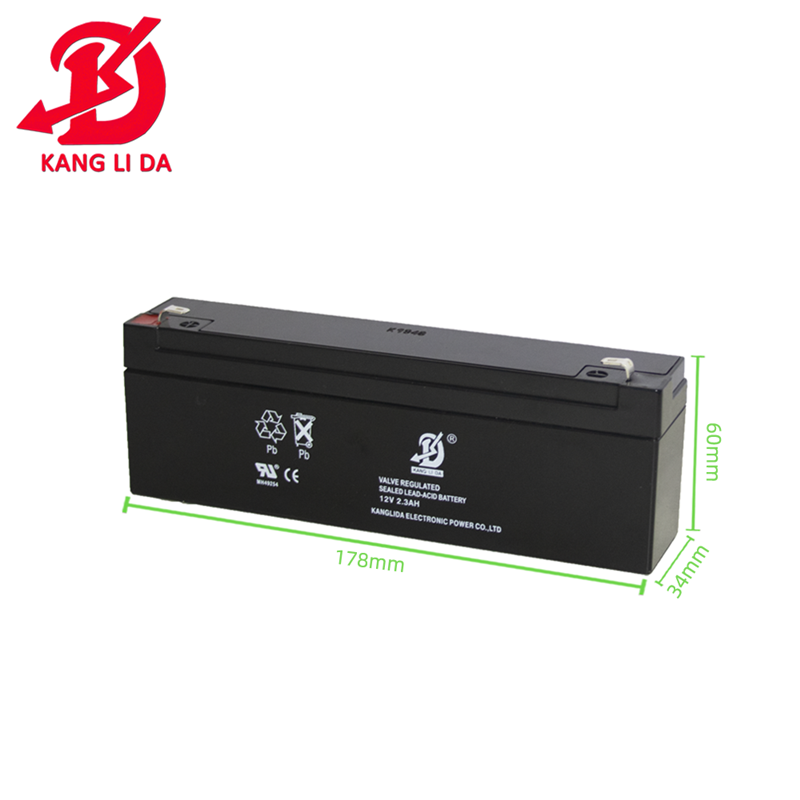Zhengzhou Kanglida Electronic Power Supply Co., Ltd. was established in 2000, specializing in the development, production and sales of four series of maintenance-free lead-acid batteries, gel batteries and electronic chargers, 2V, 4V, 6V, and 12V. Products are widely used in anti-theft alarm systems, fire alarm systems, building intercom systems, elevator emergency evacuation systems, emergency lights, attendance machines, sprayers, electronic scales, children's electric motorcycles, cartoon inflatables, car washers, table turntables, parking locks, Flashing lights, traffic lights, DC screens, solar energy, wind energy, UPS, EPS and other power backup systems.
Next, Kanglida Electronics will introduce you to several methods of repairing lead-acid batteries and their principles.
1, high current charging:
The method of using high current charging to dissolve the large lead sulfate crystals. In experiments, it was found that this method can only obtain a temporary effect by eliminating vulcanization, and it will cause aggravated water loss and softening of the positive plate during the elimination of vulcanization. Battery life causes serious damage, and few people now use this simple method to repair batteries.
2, full charge and full discharge repair method (deep discharge repair):
Full charge and full discharge repair method is to take the repair method of fully charging the battery and then fully discharging it. The full-charge and full-discharge repair method mainly has a certain repair effect on the slightly damaged battery. At the same time, this method can effectively activate the deep active material of the battery and increase the battery capacity. It is suitable for lightly vulcanized batteries and batteries with high internal resistance. The key to this method is that the discharge must be sufficient, and each battery must be fully discharged separately, fully charged and discharged for 1 to 2 times, and the capacity of the battery is average Can be improved. The full charge and full release repair method cannot be used frequently, and can be used once every three months at most.

3, shallow cycle high current charging method:
For vulcanized batteries, use high current (current within 5h), charge the battery to a slightly overcharged state, and control the electrolyte temperature not to exceed 40°C, and then discharge 30%. Repeat this several times to reduce and eliminate vulcanization. .
The mechanism of this method is to use the gas precipitated by overcharging to slightly wash the surface of the electrode plate with sulfide salts, making it desorbed and dissolved and converted into active substances.
The characteristics of this method can be obviously repaired for slight vulcanization. However, it is not suitable for old batteries, because the active material of the positive electrode plate is also strongly washed away while the gas is released to wash the sulfate, which makes the active material soft or even fall off.
4. Add active agent:
For vulcanized batteries, add pure water, sodium sulfate, potassium sulfate, tartaric acid and other substances mixed solution, take normal charge and discharge several times, then pour out pure water and add a slightly higher density acid solution to adjust the acid solution in the battery to the standard solution concentration and capacity Recovering to more than 80% can be considered successful.
"The mechanism of this method is that the added sulfate coordination dopants can form coordination compounds with many metal ions, including sulfates. The formed compound is unstable in an acidic medium, and the non-conductive sulfide layer will gradually dissolve and return to the solution.
Using chemical methods to eliminate lead sulfate crystallization not only has a high cost and increases the internal resistance of the battery, but also changes the original structure of the electrolyte. The repaired life is shorter and the side effects are greater. The repair rate is about 40%.
Message





